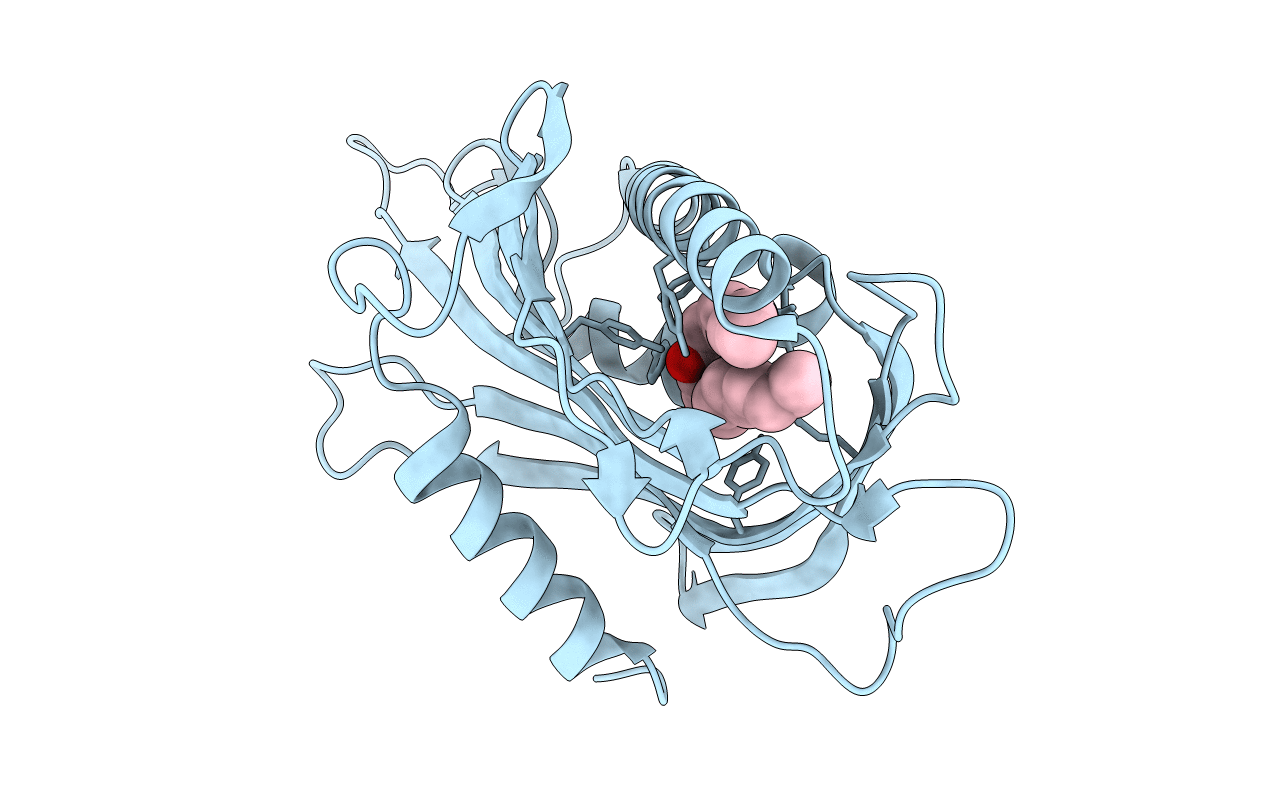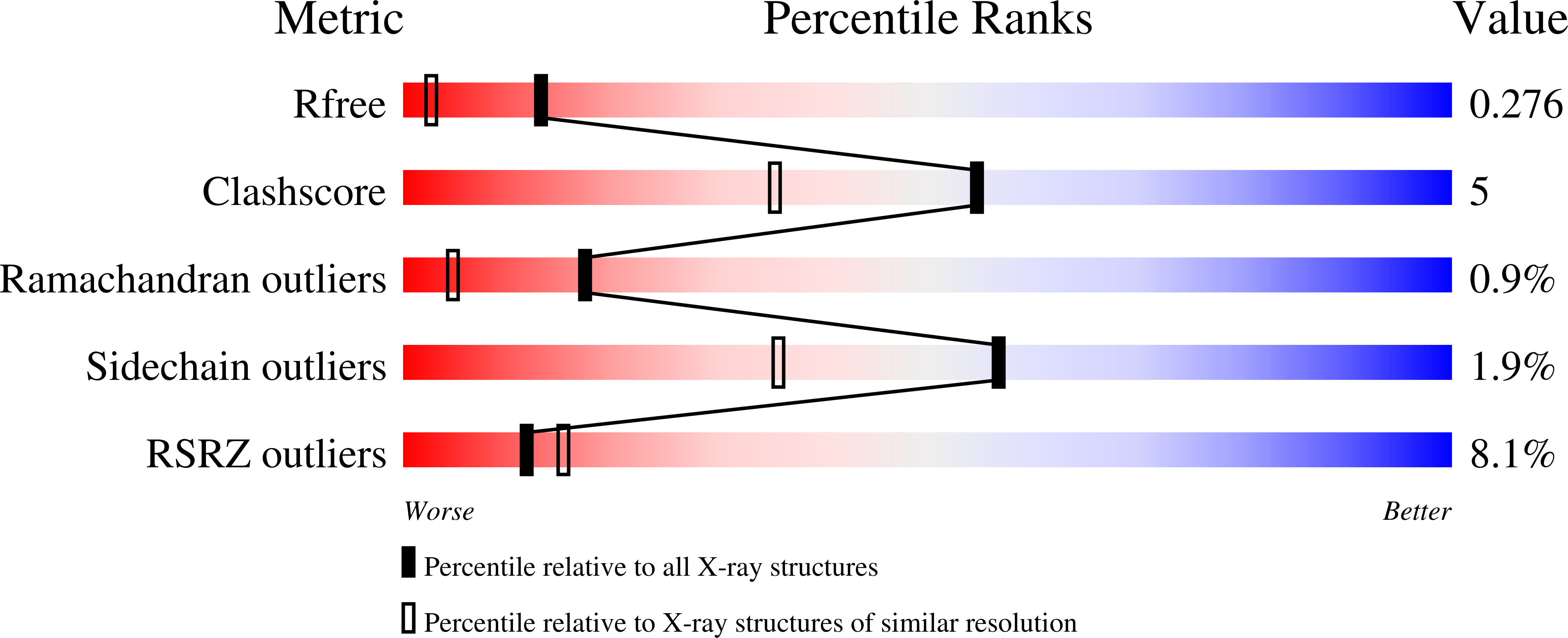
Deposition Date
2007-09-26
Release Date
2008-02-12
Last Version Date
2023-11-01
Entry Detail
PDB ID:
2Z9Z
Keywords:
Title:
Crystal structure of CERT START domain(N504A mutant), in complex with C10-diacylglycerol
Biological Source:
Source Organism:
Homo sapiens (Taxon ID: 9606)
Host Organism:
Method Details:
Experimental Method:
Resolution:
1.74 Å
R-Value Free:
0.27
R-Value Work:
0.23
R-Value Observed:
0.24
Space Group:
P 1 21 1


